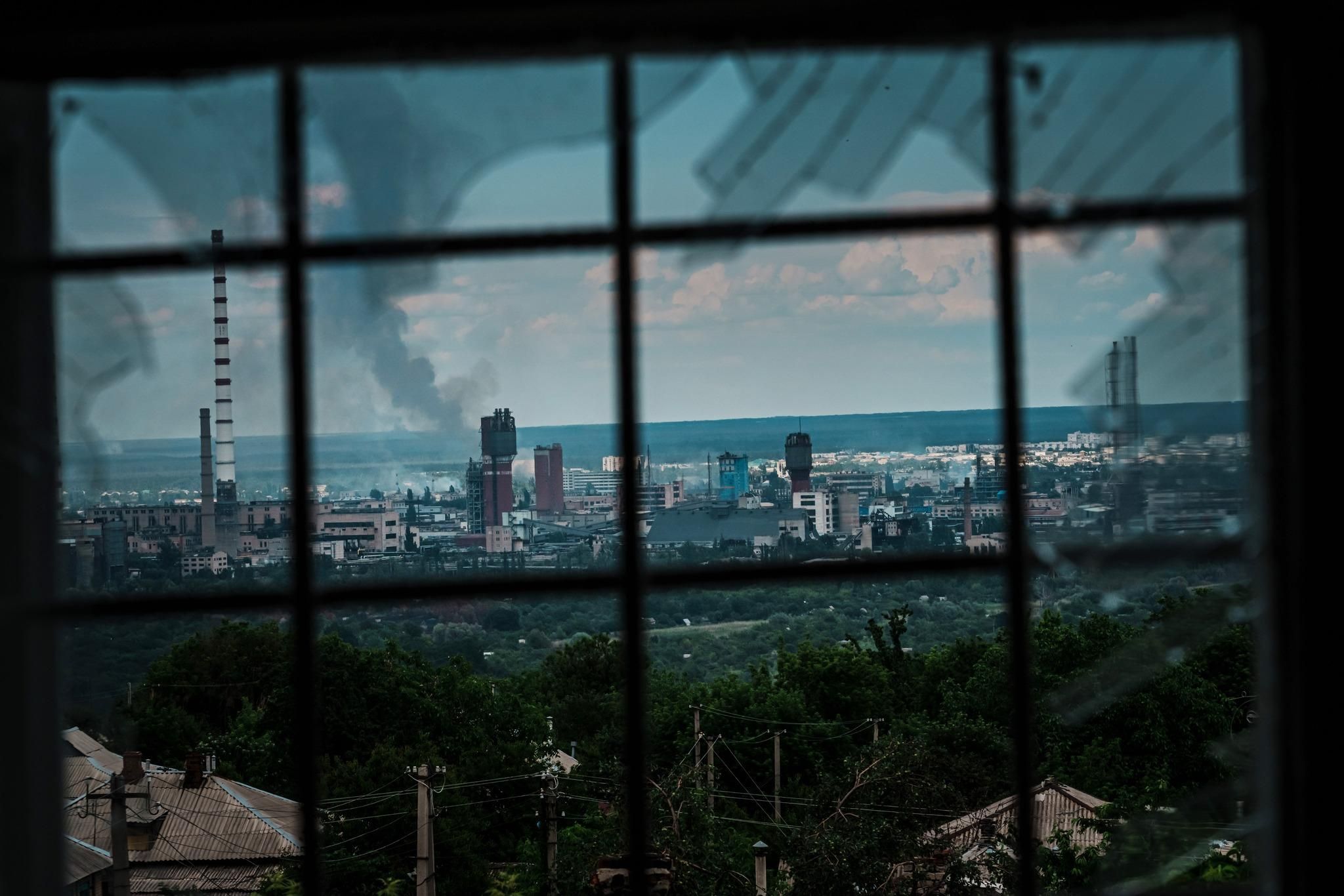Russia got one step closer to capturing the Donbas region of Ukraine last Sunday when its forces seized the eastern city of Lysychansk after weeks of heavy fighting. Ukraine’s military announced it had been “forced to withdraw” by Russia’s overwhelming firepower and personnel superiority there in order to avoid “fatal consequences.”
"We continue the fight. Unfortunately, steel will and patriotism are not enough for success—material and technical resources are needed," the Ukrainian military said in a Facebook post.
Following Russia’s takeover of the neighboring city of Severodonetsk just a week prior, Lysychansk had become the last remaining Ukrainian holdout in the Luhansk region. Now, Russia has control of Luhansk, which together with the neighboring Donetsk region makes up the Donbas—the industrialized eastern part of Ukraine that has long been the epicenter of the conflict between Ukraine and Russia.
Want to understand the world a little better? Subscribe to GZERO Daily by Ian Bremmer for free and get new posts delivered to your inbox every week.
Kremlin-backed separatist forces have been fighting an insurgency there since 2014. Before he invaded Ukraine on February 24, Russian President Vladimir Putin recognized Luhansk and Donetsk as independent republics. After his troops failed to take over Kyiv and overthrow the Ukrainian government, Putin declared the top aim of the “second phase” of the war to be the capture and annexation or independence of the Donbas.
Slowly but surely, and despite Ukraine’s fierce resistance, he is succeeding.
For the last month and a half, Russian forces have been making small but steady advances in Ukraine’s east and south. After overrunning Luhansk, the Russian offensive is now turning its focus further west toward the Donetsk, with Sloviansk, Kramatorsk, and Bakhmut, the region’s three largest cities still in Ukrainian hands, coming under heavy shelling in recent days. Local authorities have called for the 350,000 remaining civilians in the area to evacuate immediately.
The capture of Luhansk hands Putin a significant, if mostly symbolic, win, both on the ground and in the propaganda war. But by no means does it spell an end to the fighting or a decisive Russian victory.
Ukraine still controls nearly half of the Donetsk region, and Russian forces are unlikely to gain a hold of the entire region soon. Ukrainian forces are also advancing in multiple directions, including Kherson and Zaporizhzhya regions. The fighting will likely continue through the fall and possibly the winter, dealing heavy casualties to both sides. As long as Western weapons and aid continue to flow, Ukrainians can prevent Moscow from achieving a definitive victory.
The big question is whether Ukraine can get enough advanced weapons from the West at the pace needed to halt the Russian advance, before domestic political pressures erode the level of international support. The Ukrainian government increasingly worries the answer is 'no.'
Kyiv has been desperately asking for more and faster equipment shipments, particularly of heavy artillery and ammunition. While the United States—Ukraine’s top donor in absolute terms—recently provided advanced missile systems and its defense industry is ramping up production to meet demand, stockpiles are getting depleted fast, meaning there isn’t a whole lot more high-capacity artillery readily available for delivery.
Actually getting the materiel to the front lines has been complicated by Russian attacks on rail lines and bridges. And even if getting hardware into place wasn’t a problem, it can take weeks and even months to train Ukrainian soldiers on how to operate certain weapons systems.
Meanwhile, Moscow is stepping up efforts to establish Russia-controlled administrations in the occupied territories and increasing attacks in other parts of the country, including in Kharkiv.
The Ukrainian government is concerned that the level of Western support will only diminish as the conflict drags on, winter makes the energy crunch more acute, and the U.S. midterm elections approach. And rightly so: if they don’t get as much military and financial aid as they possibly can as soon as possible, their ability to fight will suffer, and their odds of success will diminish.
None of this means that Russia can win the war.
As I’vewritten before, no matter what happens on the battlefield, Putin’s decision to invade will turn out to be a catastrophic strategic mistake. Zelensky is an international hero, and Ukraine is now decidedly and permanently anti-Russian. The transatlantic alliance has a newfound sense of purpose. Europe is increasing its military spending. NATO is expanding both its membership and its activities along Russia’s borders. American and European sanctions are effectively permanent, and they will cause significant long-term damage to the Russian economy. There’s no conceivable scenario in which Russia comes out of this war economically and geopolitically stronger than before February 24.
But when it comes to the narrow fight for the Donbas, Putin increasingly finds himself in an ever more comfortable position.
🔔 And if you haven't already, don't forget to subscribe to my free newsletter, GZERO Daily by Ian Bremmer, to get new posts delivered to your inbox.
